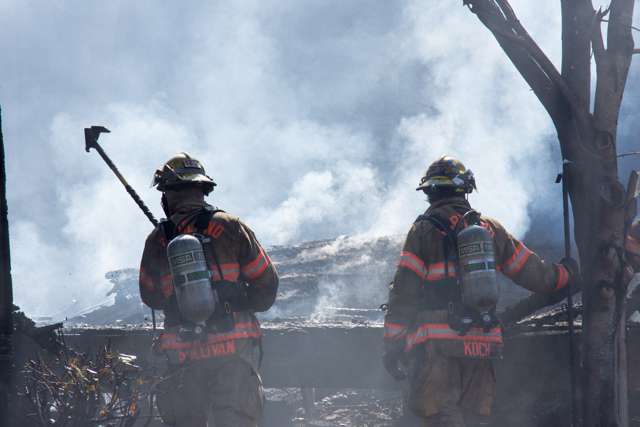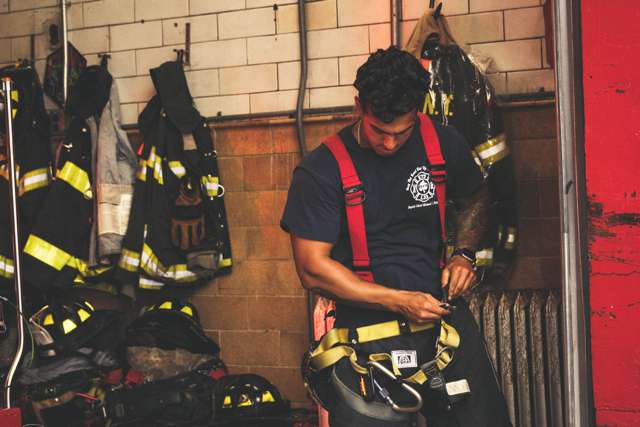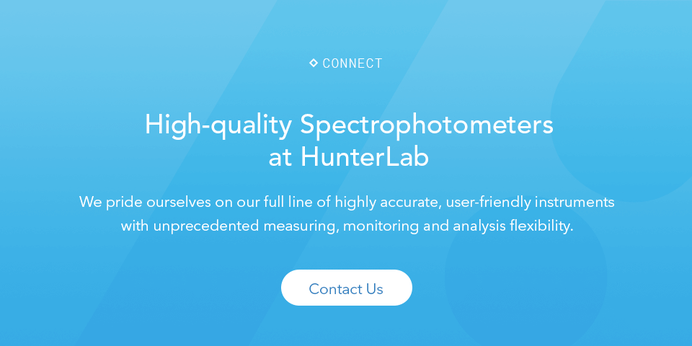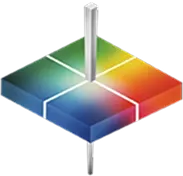
High-visibility clothing is essential for maintaining safety in dangerous conditions. Image Source: Unsplash user Ricardo Gomez Angel
Workers across the nation depend on high-visibility safety clothing every day when they get up and go to their job site. Highway workers, construction workers, airport runway personnel, firefighters, some factory workers, and telephone linemen all rely on fluorescent clothing to be seen by other in order to prevent accidents. Practically everywhere that workers perform their duties in dangerous areas with low visibility, safety clothing is an essential element of their daily gear. High-visibility clothing can be important in civilian life as well, for bikers, hunters, or anyone outdoors during hunting season.
While it’s common sense that garment manufacturers have a stake in the correct coloration of their products, in the case of high visibility safety clothing, correct coloration has actually been codified into law. According to the U.S. Occupation Safety and Health Administration, workers performing dangerous tasks requiring high visibility, such as roadside workers, must wear garments that conform to the requirements established in ANSI/ISEA 107-2015.1 The ANSI standards require that a garment’s material must be tested by an accredited laboratory and certified by the manufacturer with a Declaration of Conformity.2 Without proper testing and the ability to guarantee that their products meet ANSI standards, manufacturers cannot sell high-visibility safety clothing without exposing themselves to a high degree of risk. In order to compete in the safety clothing marketplace, manufacturers must invest in color quality control instruments and processes, including spectrophotometers.

Firefighters wear high-visibility clothing to stay safe while on the job. Image Source: Unsplash user Benjamin Kerensa



